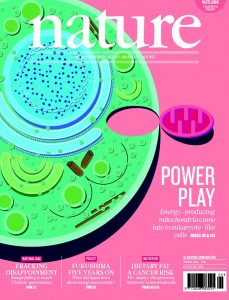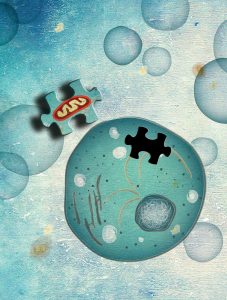Just as physicists comprehend the origin of the universe by observing the stars and archeologists reconstruct ancient civilizations with the artifacts found today, evolutionary biologists study the diversity of modern-day species to understand the origin of life and evolution. Such techniques were used to shed light on one of the most crucial milestones in the evolution of life: the cells’ acquisition of mitochondria.
The first living beings were similar to the bacteria that inhabit the world today. Those cells were simple but they gave way to a more complex cellular lineage: the eukaryotes, or cells with a nucleus. One of the keys of this complexity can be found in mitochondria, a cellular organelle considered to be the main generator of cell energy. It is believed that by acquiring mitochondria, cells were able to use more energy, facilitating qualitative leaps in their complexity. That is why the addition of mitochondria is considered a crucial milestone in the evolution of life. Up until now, a number of theories have sought to explain how cells came to acquire mitochondria. Although there is consensus as to the “how” -the first mitochondria must have been a bacterium engulfed by another cell- the “when” has so far been unclear. Some scientists advocated an early incorporation of mitochondria, and considered that step as the first necessary toward forming eukaryotic cells. Other theories proposed a later inclusion of mitochondria, as a more complex host could favor the entry of another cell. This research clarifies the matter, proposing a theory that would define the time frame for the acquisition. By using a diverse set of measurements to date the incorporation of several proteins into the eukaryotes, the researchers found that the arrival of proteins had come in a number of “waves”, and that those related with ancestral mitochondria matched those of the latest wave. This work demonstrates that the acquisition of mitochondria occurred relatively late as compared to other central pathways in Eukaryotes, and that the host cell already had a certain degree of complexity.
Reference

